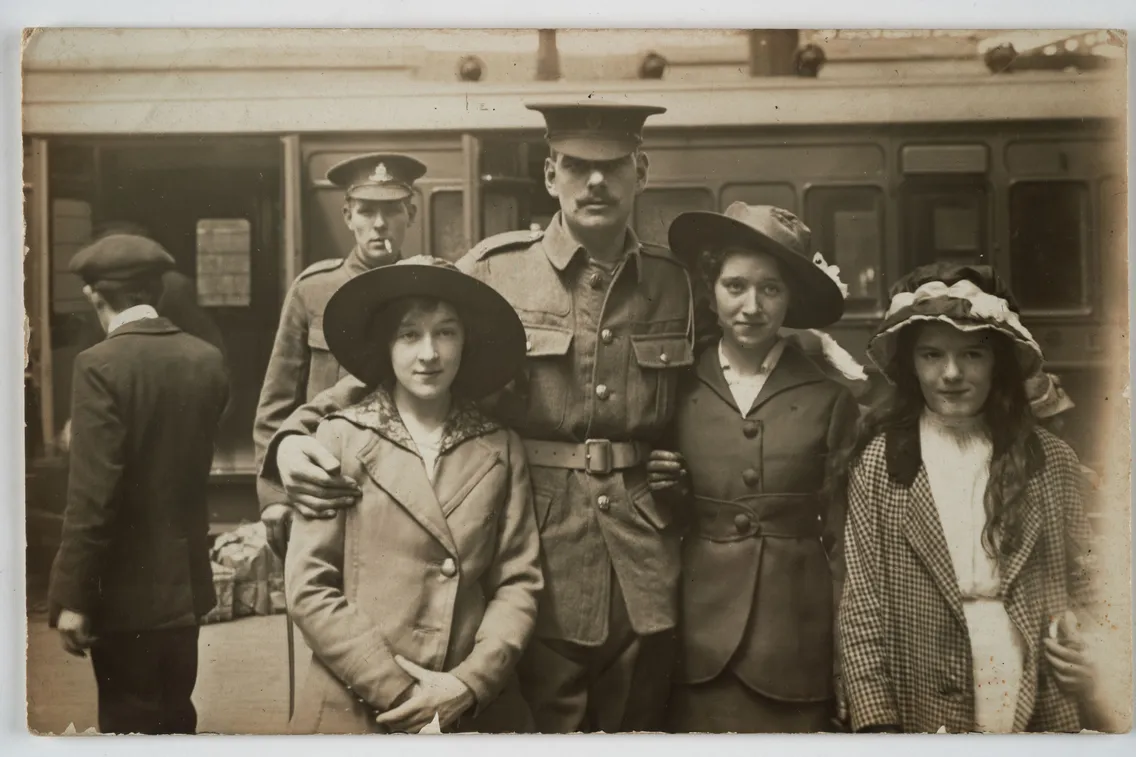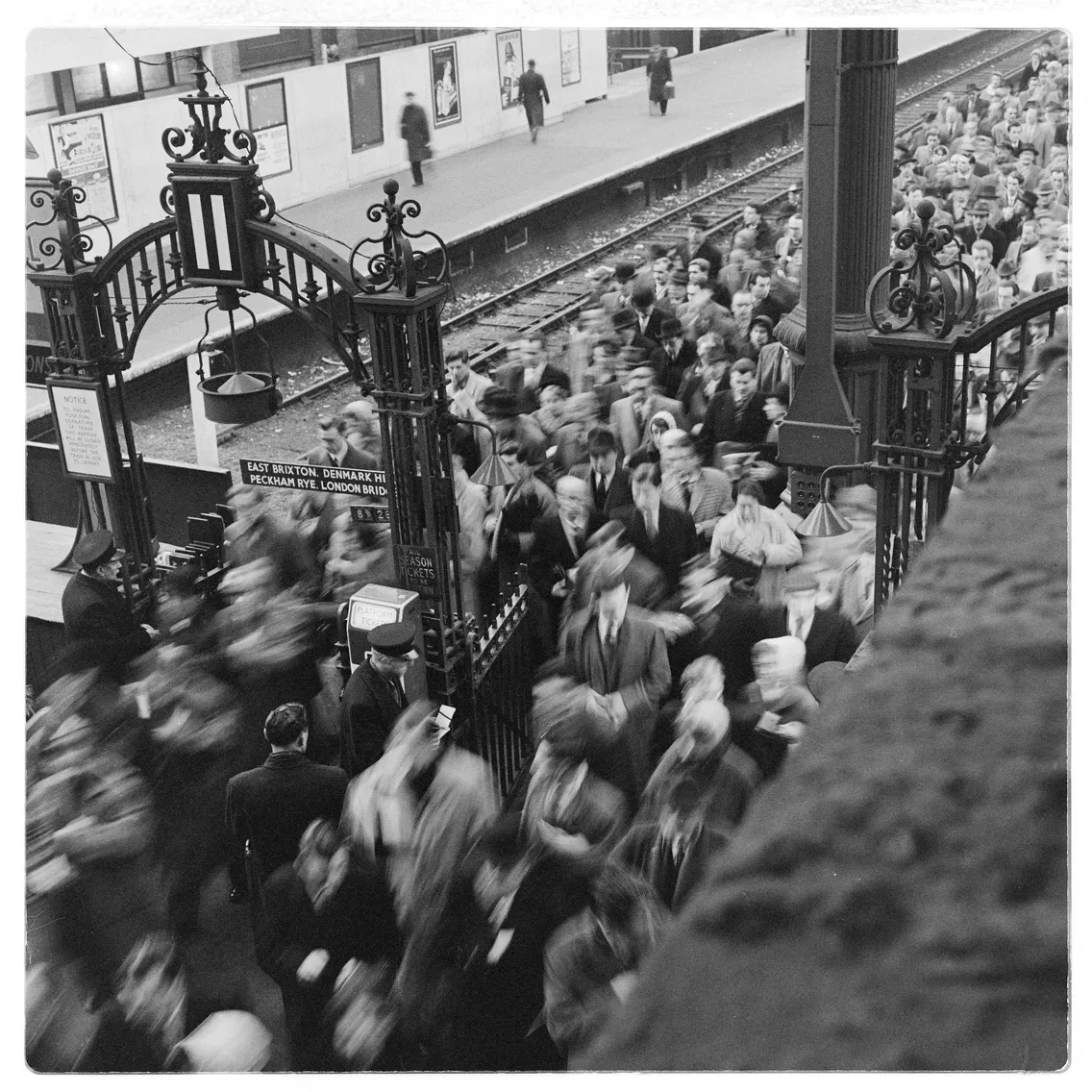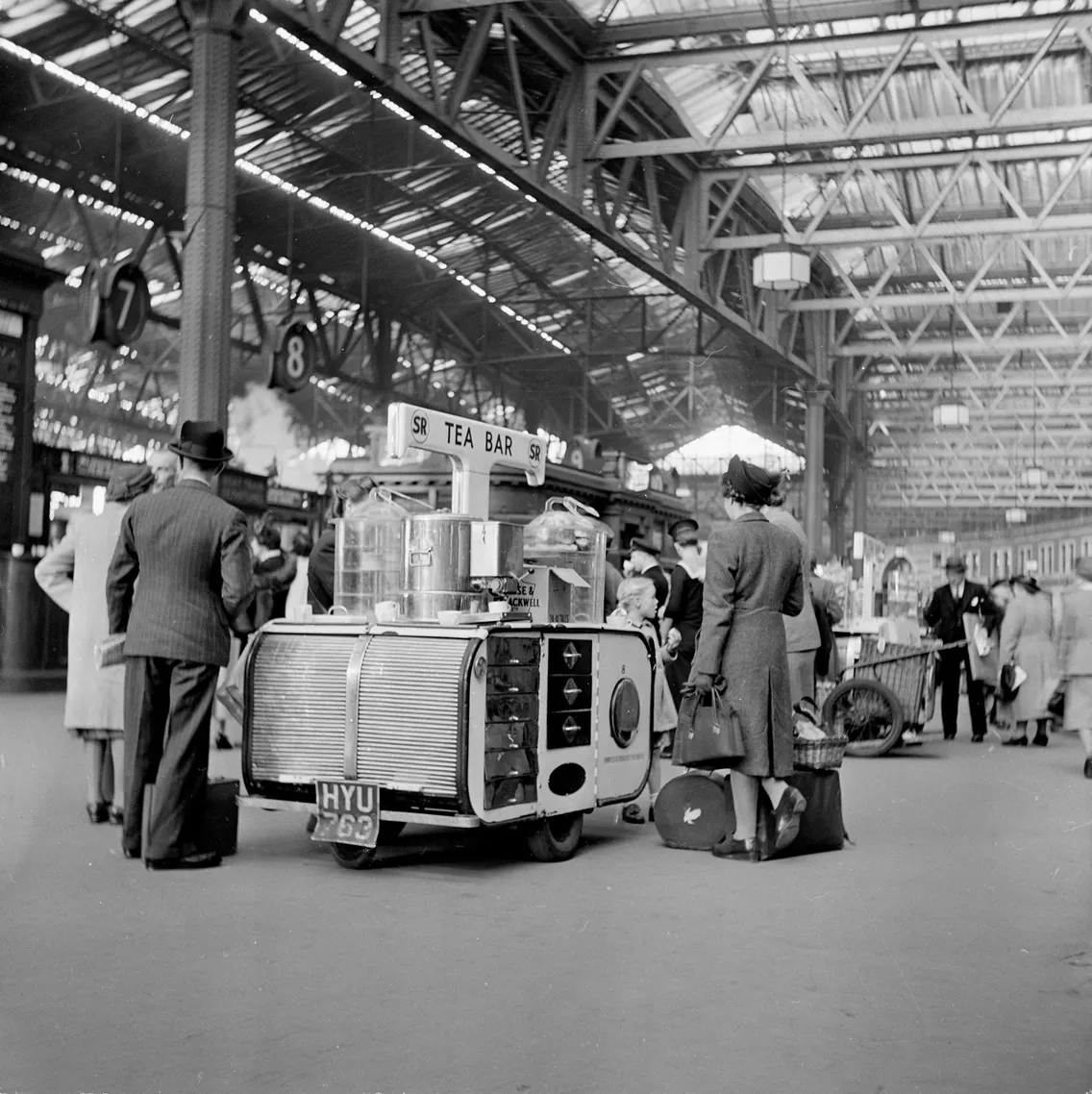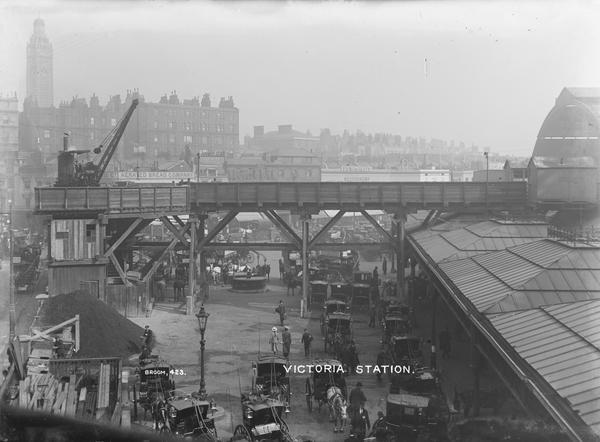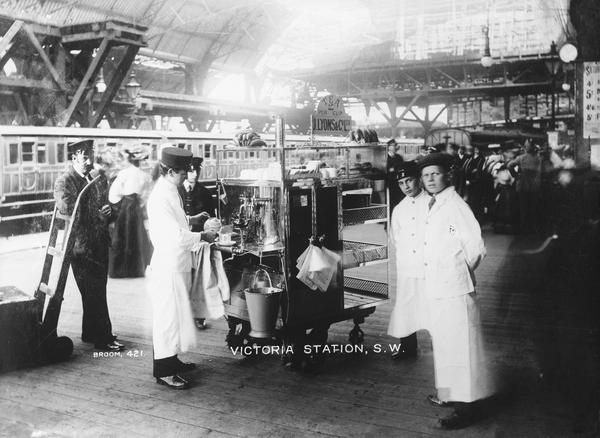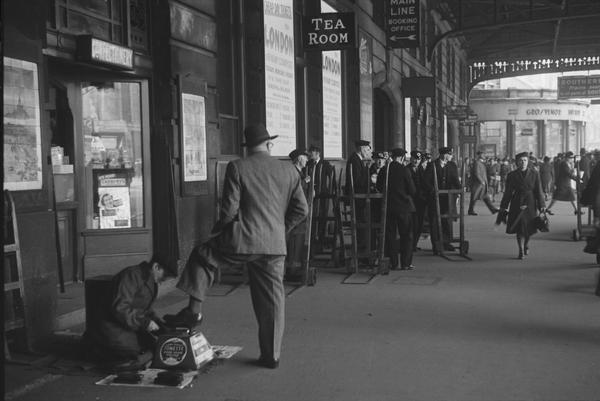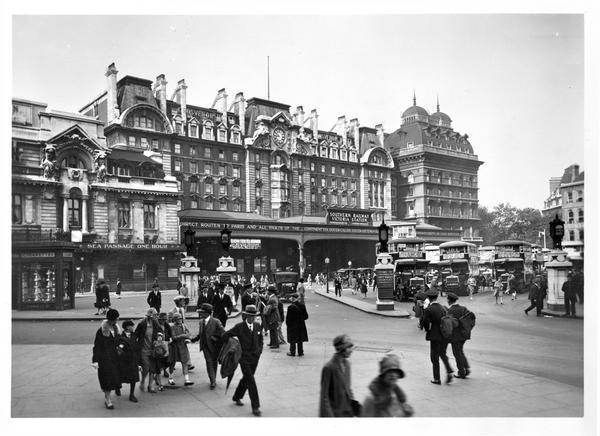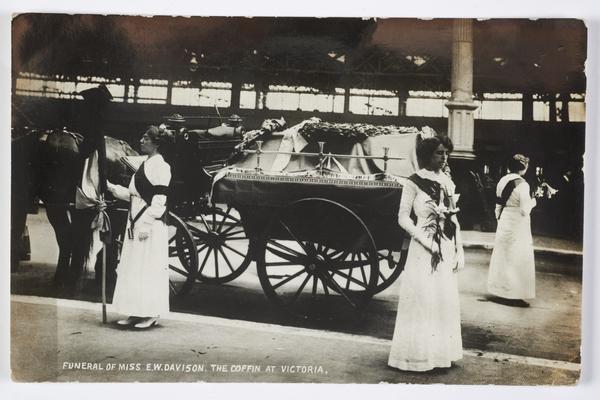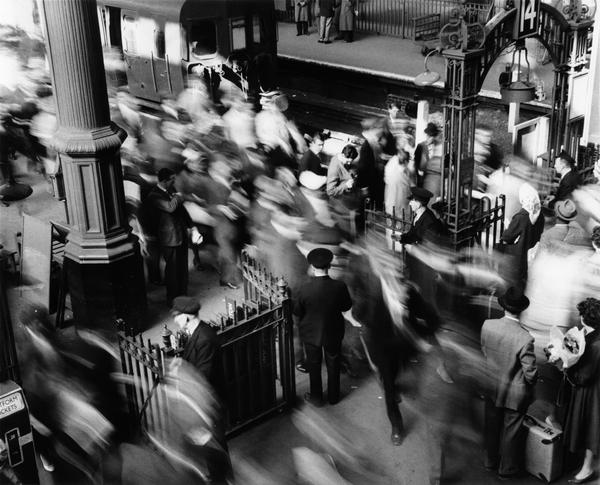Victoria Station: To the south & beyond
Victoria Station is a central London railway terminus and a stop on the Underground, located near landmarks like Westminster Abbey and Buckingham Palace.
Victoria
Since 1860

A tale of two terminals
Victoria Station’s creation tells a tale of the competitive railway expansion of the 19th century.
In the mid-19th century, the south of England was linked to London by rail, but only as far as the south bank of the Thames.
That changed when two rail companies pooled resources to extend an existing trainline across the Thames to reach London’s west.
But while there was a single, 14-acre site for the new station, the train companies each designed and built their own terminus.
The first Thames railway bridge
The London Brighton and South Coast Railway building opened first in 1860, along with the western span of the Grosvenor Railway Bridge. Designed by John Fowler, this was the first railway bridge to cross the Thames into central London.
Two years later, in 1862, the London Chatham and Dover Railway opened its building and the eastern span of the bridge.
The station buildings were little more than wooden huts for the first 40 years. Both were eventually given significant upgrades in the early 20th century, while the bridges were rebuilt in the 1960s.
In 1923, Southern Railway took over both companies and set about unifying the two buildings. But to this day each side retains a distinct feel.
“I never saw such a sight as it was when the khaki arms were waving out of the windows to those dear ones who were left standing on the platform”
Hallie Eustace Miles
Historical moments at Victoria Station
In 1913, Emily Wilding Davison died after running onto the track at the Epsom Derby to protest for women’s right to vote.
Her fellow Suffragettes organised a spectacular funeral to celebrate her as a martyr to the cause. It started at Victoria Station, with Suffragettes standing guard over her coffin. You can see this in a commemorative postcard sold afterwards, now in our collection.
The First World War began the following year. For many soldiers, Victoria Station was the site of final farewells with loved ones before they headed to the battlefields of the Western Front.
The author Hallie Eustace Miles wrote: “I never saw such a sight as it was when the khaki arms were waving out of the windows to those dear ones who were left standing on the platform as long as the train was in sight.”
The West End, south coast and across the Channel
Victoria Station is a commuter hub thanks to its connections throughout suburban south London – but it is part of the evolution of British leisure travel too.
Its opening made central London far more accessible to people living in southern England, and it remains a gateway to the bright lights of the West End.
It also gave Londoners a quick route to Brighton, the coastlines of Sussex and Kent, and even continental Europe, thanks to “boat train” services across the Channel.
On those services to the continent, most passengers boarded the ferries by foot. But first-class passengers on the night ferry service had the luxury of staying onboard. Their carriage was loaded onto the ferry and simply rolled onto the train tracks on the other side.
Further connections are provided by nearby Victoria Coach Station, in service since 1932. And after surviving numerous bombs during the Second World War (1939–1945), Victoria has become even more connected. Gatwick Airport opened in 1958, and Victoria saw the introduction of the first rail-air terminal, allowing passengers to check in for their Gatwick flights while still at Victoria Station.
Victoria Underground Station
The London Underground arrived at Victoria in 1868 with the opening of the Metropolitan District line.
A century later in 1968, the Victoria line followed – the world’s first automated passenger railway. It also saw the first trials of automatic barriers and ticket machines.
The Victoria line gave London a new deep-level Tube line which, on completion in 1971, connected Walthamstow in the north-east of London with Brixton in the south.
Overcrowding has been a persistent problem – especially for mainline passengers transferring to the Tube. An upgrade in 2019 helped ease the situation.



